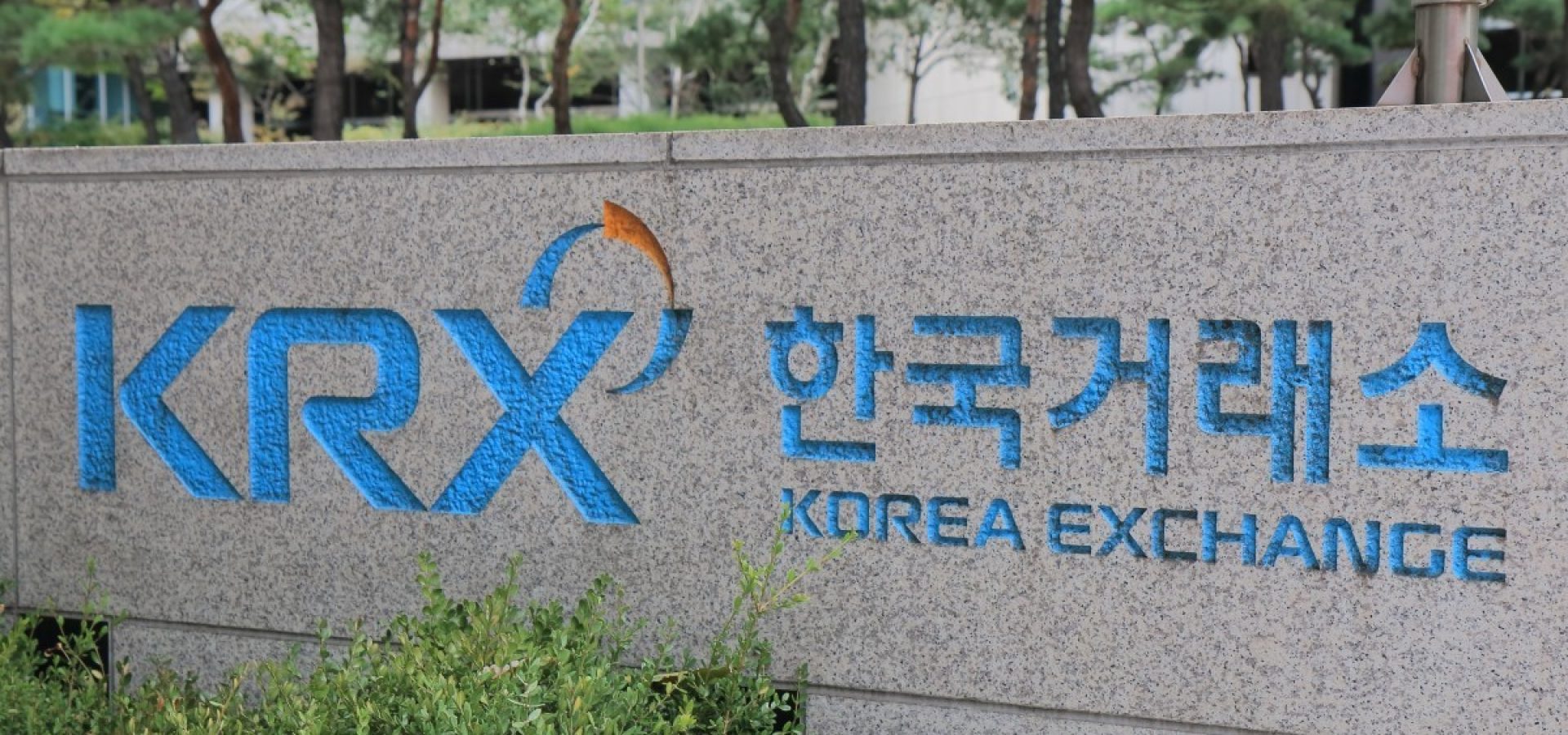On December 16, mainland Chinese stocks increased thanks to the country’s industrial output and retail sales. Both surpassed market expectations.
The Shanghai Composite added 0.56% to 2,984.39 at the close on Monday afternoon. Meanwhile, the Shenzhen component rose by 1.54% to 10,158.24. The Shenzhen composite rose 1.56% to 1,686.41. It is worth mentioning that Shenzhen’s Nasdaq style start-up board ChiNext jumped almost 2% to 2,090.14.
In Hong Kong, the Hang Seng index fell by 0.34% during the last hour of trading.
Let’s get back to the country’s industrial output, which increased by 6.2% year-on-year in November. Based on the data provided by China’s National Bureau of Statistics. Analysts expected that industrial production would increase by 5%.
Retail sales also surprised the market. In November, sales rose 8.0% year-on-year.
However, stock markets in other Asian countries had a mixed reaction regarding the “Phase one” trade deal.
In Japan, the Nikkei 225 declined by 0.29% to 23,952.35. Another major Japanese index also fell on Monday. Topix index declined 0.18% to 1,736.87. In South Korea, the Kospi index also failed to reach a positive result as it fell by 0.10% to 2,168.15.
Let’s have a look at another country located in the Asia Pacific region. Australia’s S&P/ASX 200 achieved the best result in the region. The index gained 1.63% to 6,849.70. Major miners and banks helped to increase the S&P/ASX 200 index.
Stocks and trade disputes
On Sunday, U.S. Trade Representative Robert Lighthizer commented on the U.S.-China trade deal. According to Lighthizer, as a result of this deal, the U.S. will double its exports to China over the next two years.
Two days earlier, the U.S. and China reached a phase one agreement. As part of the deal, China committed to buy billions of dollars in Agricultural purchases from the U.S. Based on the preliminary position, the U.S. and China would sign the partial trade deal at the beginning of January.









COMMENTS